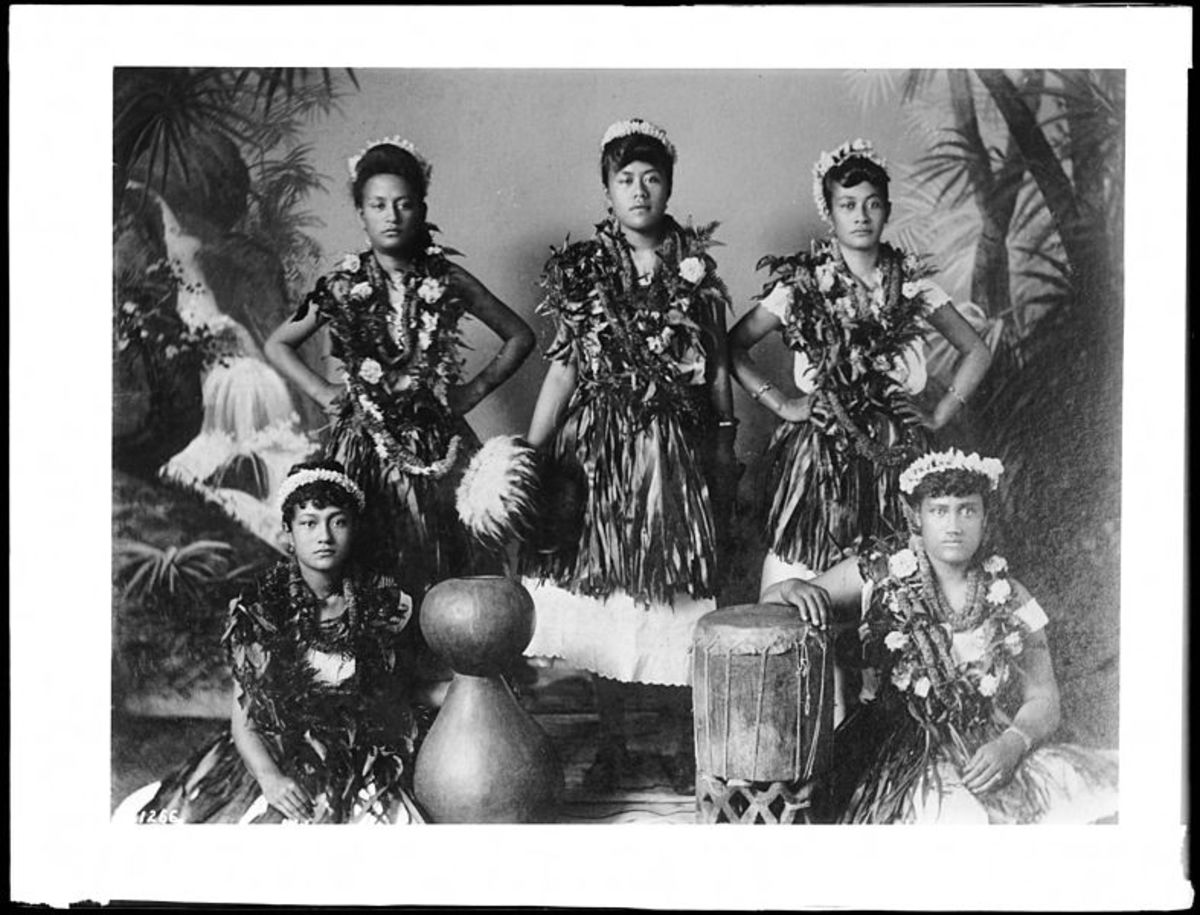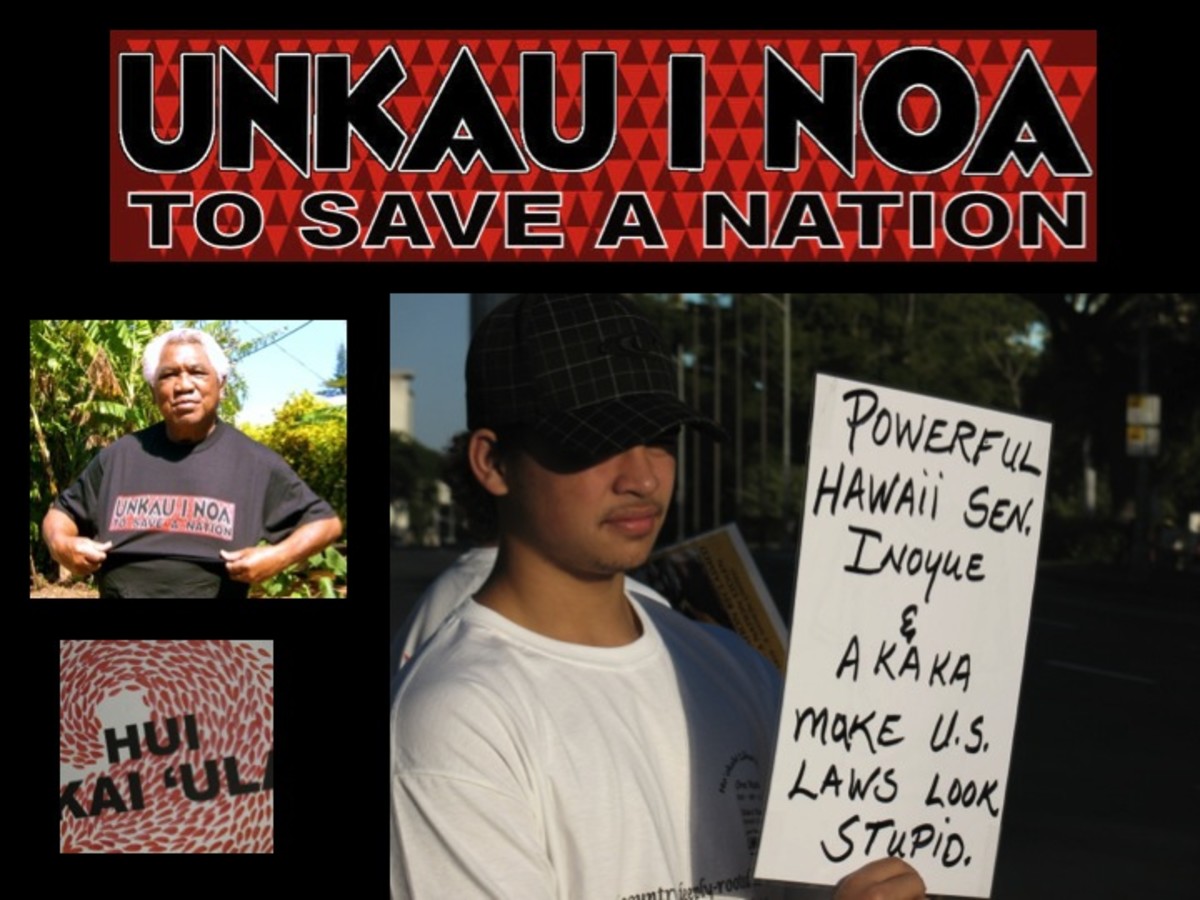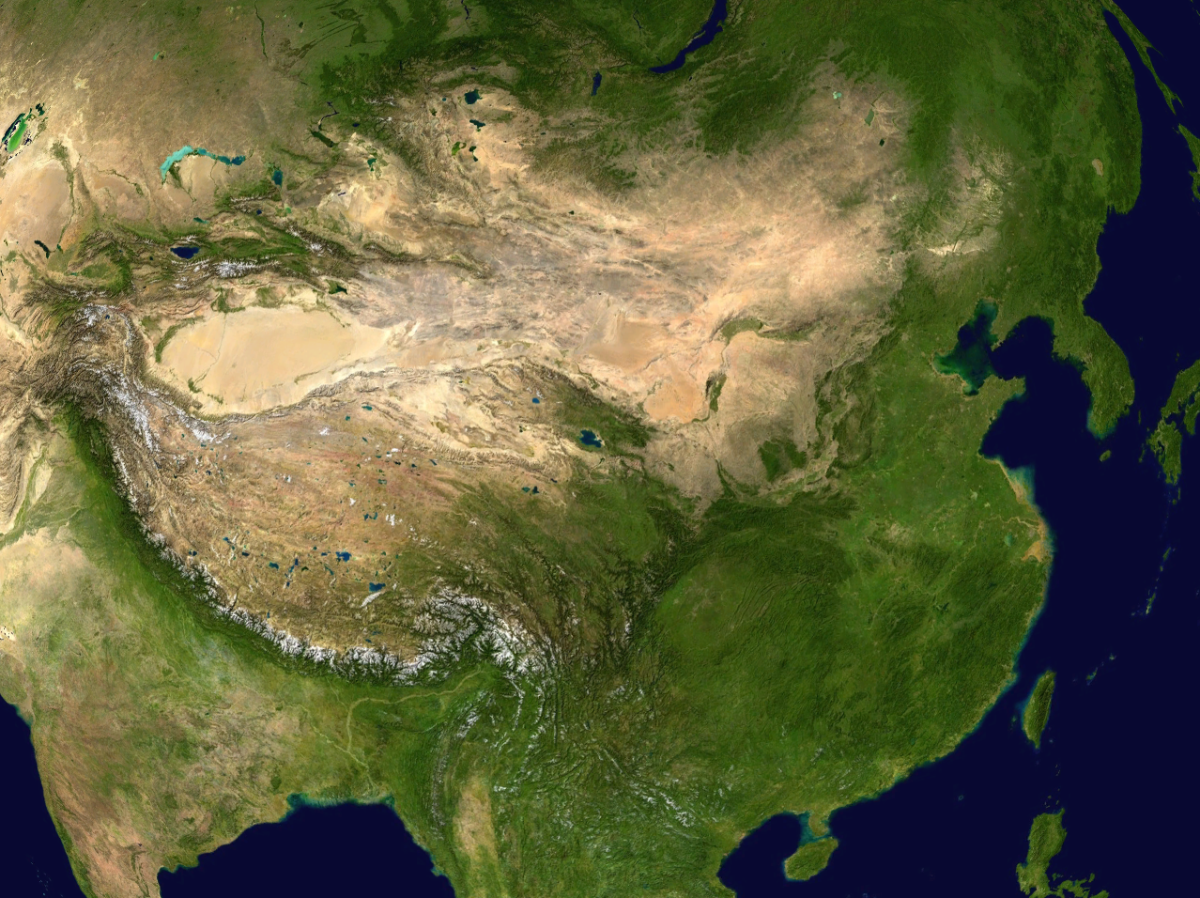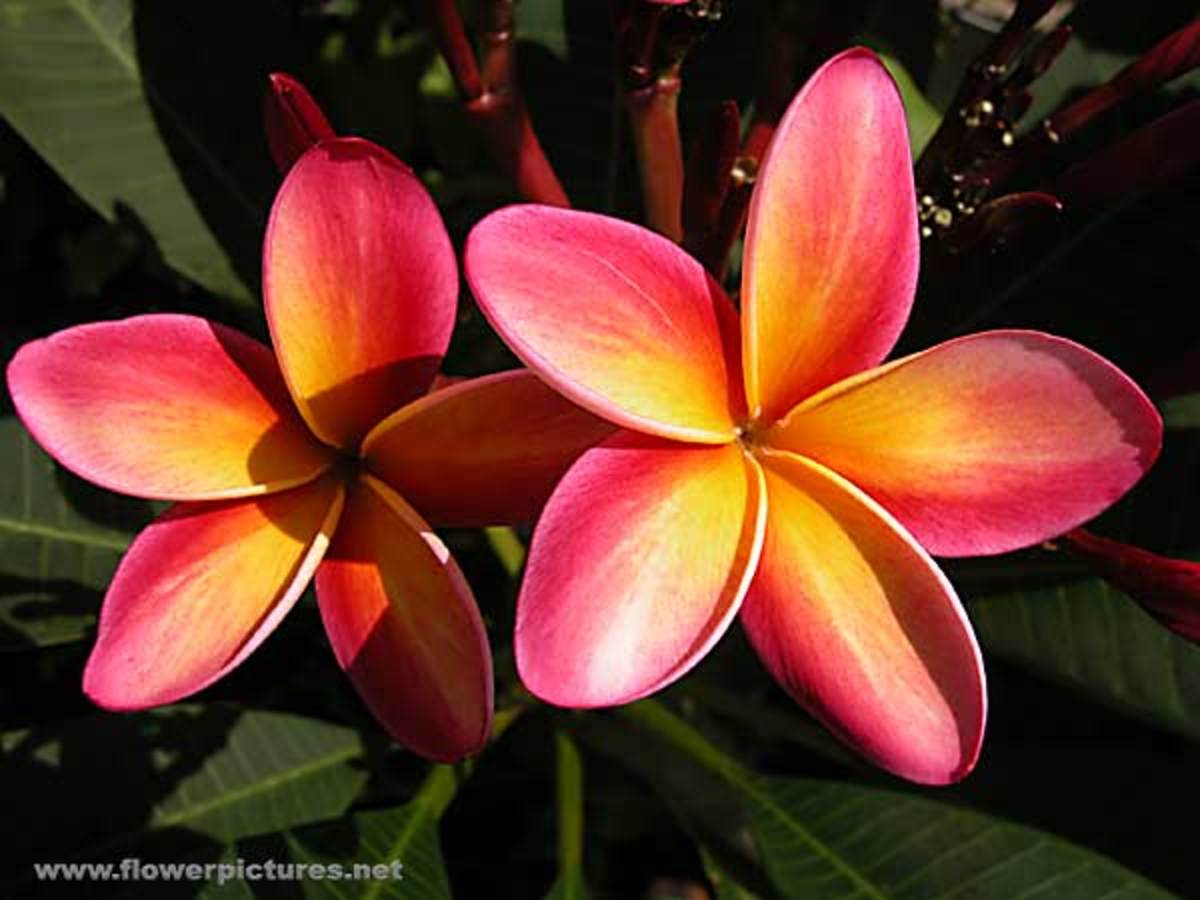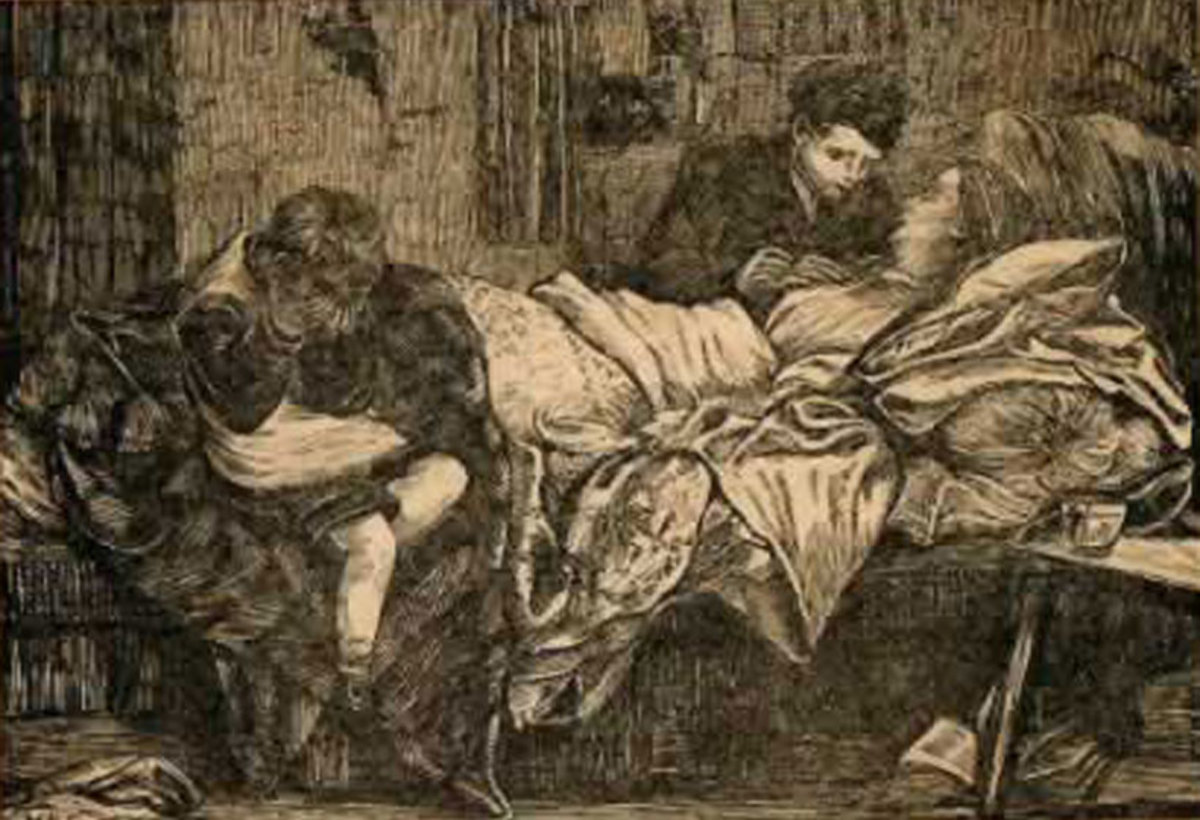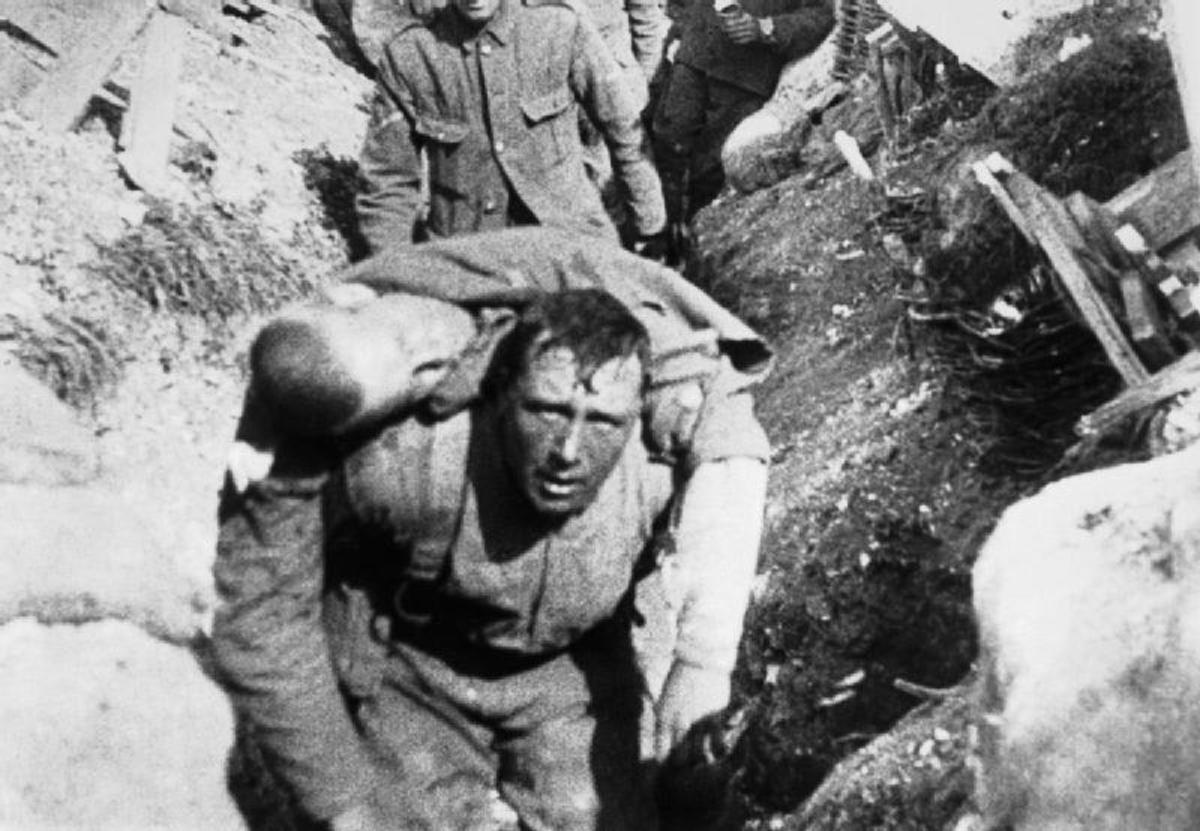- HubPages»
- Education and Science»
- History & Archaeology»
- History of the Modern Era
Native Hawaiians and Christian Colonization
Who were the Hawaiians?
Native Hawaiians is a term used to refer to the people of Polynesian origin native to the Hawaiian Islands. There are several theories to explain the origin of the Hawaiians; one theory is that people from the Marquesas were the first to arrive in Hawaii in the third century. They were then followed by people from Tahiti who arrived in the year 1300 AD; they subjugated the initial inhabitants of the islands. Kirch (80) argues that the immediate origin of the populace that colonized Hawaii is probable to have been Southern Marquesas. However, there was extended contact between the islands in the adjacent region and Hawaii. Early historians supported the invasion theory; however, subsequent historians like Kirch rejected it.
Native daughter
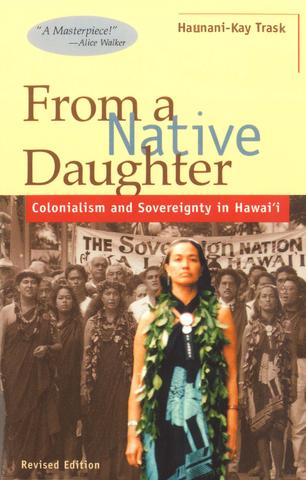
Who were the Christians who Colonized Hawaii?
There was the arrival of Protestant missionaries from the United States at the beginning of the 19th century. They sought to Christianize and civilized the inhabitants of Hawaii, an idea connected to the initiative of manifest destiny. In the year 1810, the American Board of Commissioners for Foreign Ministers conceived a plan to enhance the spread of the gospel, particularly in heathen lands and territories. This attracted a few American Protestant missionaries who then started their journey to Hawaii in Boston in the year 1819. When they arrived, they were met by Hawaiians whom they envisaged were people who needed Christ. They also assumed that they needed a model of the western society, built by the missionaries. They were enthusiastic to evangelize the Sandwich Islands which they believed to be dark and desolate. The missionaries had a vision of transforming Hawaii into a Protestant nation.
How were these two groups in conflict with one another?
The American Protestant missionaries established themselves in Hawaii at the start of the nineteenth century. They rapidly became very influential and wealthy in equal measure. They banned traditions that did not appeal to them like surfboarding. In as much as the missionaries went to Hawaii with the sole aim of introducing Christianity to the island residents, they met considerable opposition. When the westerners started to colonize Hawaii, religious officials, and Christian missionaries took it upon themselves to educate and convert the natives. Hawaiians saw Christianity as the colonizing force. The missionaries saw the Hawaiians as an indigenous population that needed to be liberated. It is these differing schools of thought that created a lot of conflict between the two groups.
What problems were created?
The American missionaries started their endeavor by seeking the conversion of Hawaiian leaders while hoping that they would influence the rest of the populace to convert. They did not achieve much with the King. In contrast, the Chiefs were more accommodating to them, particularly the chiefs Kalanimoku and Kaahumanu. These chiefs made many significant legal and cultural changes to the Hawaiian lifestyle. These laws were in sync with the laws of the countries that they came from. The Chiefs prohibited working on Sundays, together with adultery, theft, and murder. These new rules were in opposition with the Hawaiian way of life and as such were strange to them. The natives treated Christianity as a foreign religion; the missionaries also treated the native religions as pagan.
How were these problems resolved?
The contact of the Hawaiian people with foreigners was just as traumatic as was the contact between foreigners and other indigenous people in the rest of the world (Salzman 174). The remaining aspects of the Hawaiian culture were accorded surface accommodation. They were tolerated as the colonial regime’s leniency towards the prolonged ignorance of the natives. The various problems faced by the colonialists and the native Hawaiians were as a result of the ideological differences. They were solved through the integration of the conflicting cultures into each other’s ideologies. This was mainly done through the integration of Christian chants and Hawaiian blessings in church services. Hawaiian people were taught that by converting to Christianity, it does not mean that one has forsaken their culture. The Christian missionaries strove to point people towards the creator, rather than towards a specific religion, a view that held well with the population.
Are these problems currently present in Hawaii, the 50th state to enter the Union?
The concept of worshiping a single deity never and has never augured well with the Hawaiians. They have still been very adamant about giving up their culture to Christianity. Many Hawaiians still regard missionaries as their enemies. The arrival of the missionaries in Hawaii sparked off a chain of events which ultimately led to the toppling of the nation’s constitutional monarch. For a good number of Hawaiians, the way in which the nation became part of the territory of the United States is a bitter part of its history. Hawaii underwent societal and social repression for the whole time it was a territory (Gaertner). This repression continued well into the first decade of statehood. A popular saying in Hawaii is “The missionaries came to Hawaii to do good; they did it very well” (Jung 16). The Hawaiian society was dominated by whites at the apex of the society even up to the 40s (Okumura 2008). There have been instances when whites have been attacked even for the flimsiest of reasons in Hawaii. Although these problems exist to date, the Islanders have attempted to seek a truce between their culture and the foreign culture.

